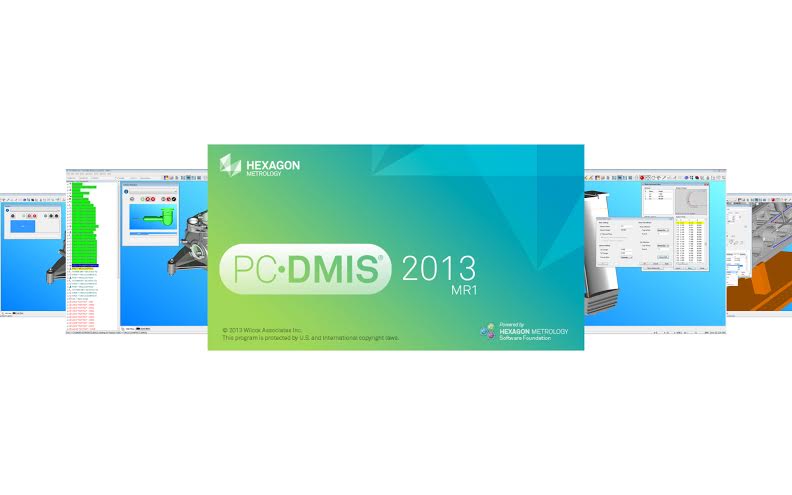New orders for manufacturing technology dropped 2.6 percent from April to May, but demand
for machine tools and related products continues to well outpace 2010 orders.
The total value of United States manufacturers’ machine tool and related equipment consumption dropped to $388.27 million in May, down 2.6 percent from April, according to the latest U.S. Manufacturing Technology Orders (USMTO) report, released on Monday. Although new orders slid on a month-over-month basis, the May 2011 total was 121.3 percent higher than the $175.46 million reported for May 2010.
With a year-to-date total of $1.98 billion, 2011 is up 108 percent over the same period last year.
“The May order numbers confirm our members’ reports of continued strong project levels by manufacturing companies to improve productivity in their factories,” Peter Borden, president of the American Machine Tool Distributors’ Association (AMTDA), said in a statement. “The 2,000 unit-per-month level signifies a very healthy demand still in place as we head toward the close of the second quarter.”
Until recently, the USMTO was known as the U.S. Manufacturing Technology Consumption (USMTC) report. Still based on data from member companies of the AMTDA and the Association for Manufacturing Technology (AMT), the report continues to be compiled from the same data. The change was made to clarify that the report tracks regional and national orders for domestic and imported machine tools and related equipment.
Three of the five major U.S. regions tracked by the USMTO actually showed a month-over-month rise in manufacturing technology orders in May.
The largest gains were in the Midwest region, where manufacturing technology orders stood at $137.62 million, a 10.9 percent rise over April. The May 2011 figure was also up 232.6 percent from the same month in 2010. So far this year, consumption in the region has reached $691.81 million, up 168.5 percent compared with the first five months in 2010.
Machine tool consumption in the Northeast rose to $64.30 million, an increase of 8.4 percent over April and 88.4 percent over May 2010. The year-to-date total of $305.87 million is 92.4 percent more than the comparable figure for 2010.
In the Southern states, May manufacturing technology orders totaled $54.15 million, 5.1 percent more than in April and 86.4 percent more than the May 2010 figure. With a year-to-date total of $239.30 million, 2011 is up 56.9 percent from the comparable period in 2010.
Meanwhile, month-to-month machine tool orders in the Western states dropped 12.1 percent in May to total $37.02 million. However, this figure was 93.9 percent higher than the May 2010 tally. For the first five months this year, the total value of orders in this region was $196.18 million, which marks a 66.3 percent increase over the same period last year.
The largest monthly drop was in the Central region, where manufacturing technology orders in May totaled $95.18 million, down 21.6 percent from April. Nonetheless, the May 2011 figure was up 83.8 percent compared with the same month last year. The $551.71 million year-to-date total is 106.6 percent higher than the total for the same period in 2010.
According to the latest data from the U.S. Department of Commerce, the value of new machinery orders edged up from $31.7 billion in April to $31.8 billion in May, a 0.4 percent rise. New orders for industrial machinery, however, dropped 9.8 percent to total $3.4 billion for the month. So far in 2011, total machinery orders have reached $155.8 billion, 17.9 percent above the prior-year level.
Meanwhile, machinery shipments, up three of the last four months, had the largest increase of tracked industry groups in May, rising 2.3 percent to $28.3 billion.
“There is cause for cautious optimism given a number of trends in the machinery and equipment manufacturing sector,” according to a study from Grant Thornton last month. “Customer demand is rising, buoyed by an improved global economy and government incentives that encourage investment in plants and equipment. Investments and expenditures are increasing. Exports have rebounded. Productivity has been improving steadily. These are quite positive signs, although this good news is tempered by underutilized capital and rising inventory quantities.”
Source : news.thomasnet.com





